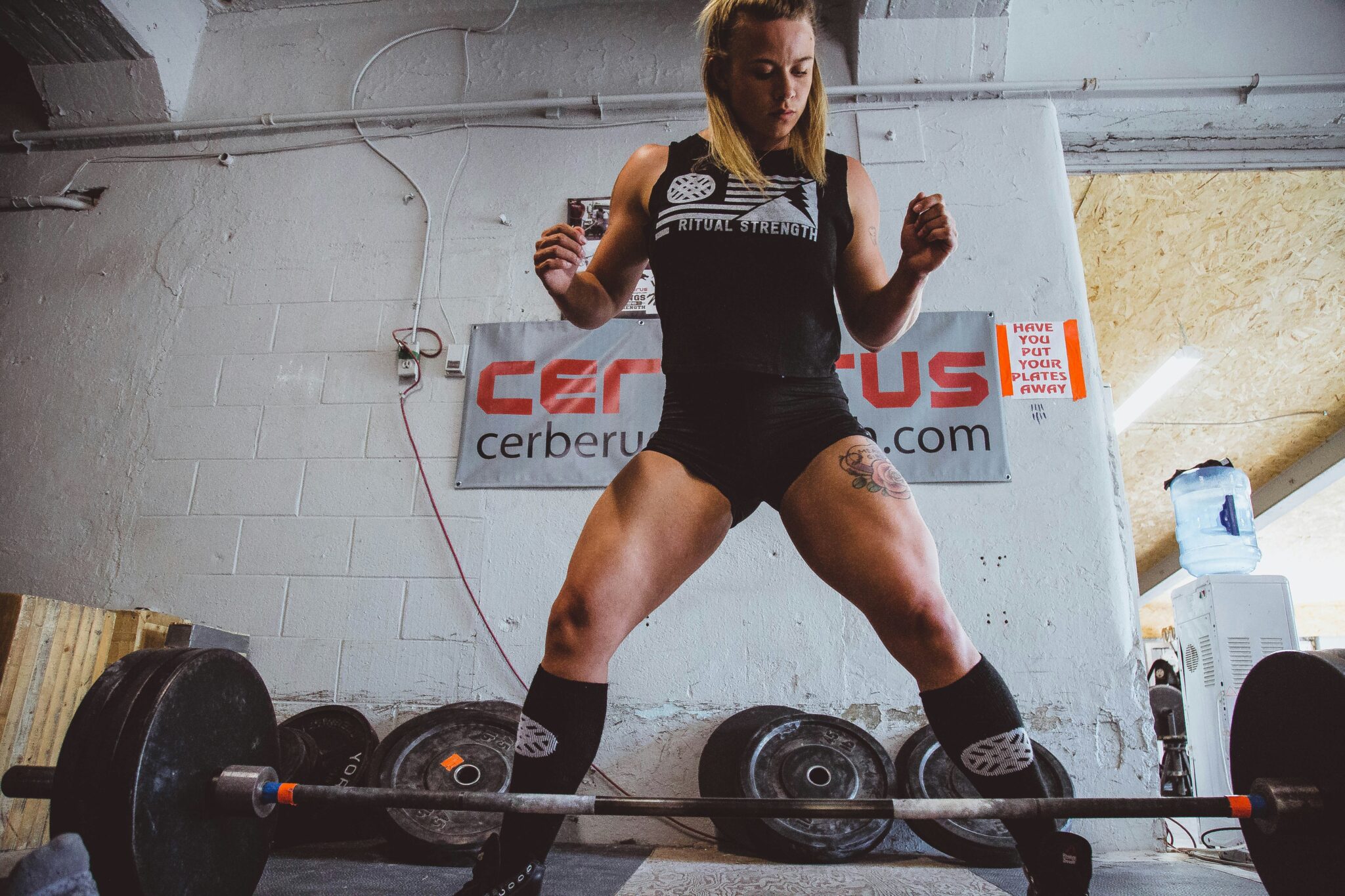The Deadlift and your Back- Separating Fact from Fiction.
The deadlift, a compound exercise that engages multiple muscle groups, has long been a subject of debate and concern, particularly regarding its impact on the lower back. Common misconceptions suggest that deadlifting is inherently harmful to the spine. However, a closer look at the science and proper technique reveals that deadlifting, when performed correctly, is not only safe but also a highly effective exercise for building strength and resilience. This article aims to debunk the myths surrounding deadlifts and shed light on the benefits they offer to your overall fitness.
The Deadlift Mechanics:
- Engaging the Hips and Glutes:
- The deadlift primarily targets the posterior chain, including the hamstrings, glutes, and lower back. Engaging the hips and glutes during the lift ensures that the load is distributed across these muscle groups, reducing strain on the lower back.
- Maintaining a Neutral Spine:
- A key element of proper deadlift technique is maintaining a neutral spine throughout the movement. This minimizes stress on the vertebral discs and surrounding structures. Keeping the back straight and chest lifted is crucial for a safe and effective deadlift.
- Lifting with the Legs:
- Contrary to the belief that deadlifts solely stress the lower back, lifting with the legs plays a significant role in the movement. Initiating the lift by pushing through the legs helps distribute the load more evenly and minimizes the strain on the lower back.
- Gradual Progression:
- Like any strength training exercise, deadlifting should be approached with a focus on gradual progression. Starting with lighter weights and mastering proper form allows the body to adapt and build strength progressively.
The Benefits of Deadlifting for the Back:
- Strengthening the Lower Back:
- Contrary to the misconception that deadlifts weaken the lower back, when performed correctly, they can actually strengthen the muscles along the spine. This increased strength contributes to better spinal support and stability.
- Enhanced Posture:
- Deadlifting engages the muscles responsible for maintaining good posture. A strong and well-supported spine can result in improved posture both during exercise and in everyday activities.
- Building Core Strength:
- The deadlift is a compound movement that engages not only the lower back but also the entire core, including the abdominals and obliques. This comprehensive engagement helps build overall core strength, contributing to better spine support.
- Improved Bone Density:
- Resistance training, such as deadlifting, has been linked to improved bone density. The stress placed on the bones during weight-bearing exercises helps maintain and enhance bone health, including the vertebrae.
- Functional Strength:
- Deadlifting is a functional exercise that mimics lifting objects from the ground, a movement often encountered in daily life. Building strength in this movement pattern translates to improved functional capacity and reduced risk of injury during everyday activities.
Common Misconceptions:
- Risk of Disc Herniation:
- The risk of disc herniation is often cited as a concern associated with deadlifting. However, studies have shown that when performed with proper technique and appropriate loads, deadlifting does not increase the risk of disc herniation and may, in fact, contribute to spinal health.
- Exclusively Targets the Lower Back:
- Deadlifting is not an isolated lower back exercise. It engages multiple muscle groups, including the hamstrings, glutes, quadriceps, lats, and core. Proper deadlift form distributes the load across these muscles, reducing excessive stress on any one area.
- Not Suitable for Everyone:
- While it’s true that some individuals with pre-existing back issues may need modifications, deadlifting can be adapted for various fitness levels. Consulting with a fitness professional or healthcare provider can help tailor deadlift variations to individual needs.
Tips for Safe Deadlifting:
- Master Proper Form:
- Invest time in learning and mastering proper deadlift form. Work with a certified trainer to ensure that your technique is correct and effective.
- Start with Light Weights:
- Begin with lighter weights to focus on form and gradually increase the load as your strength and proficiency improve.
- Warm-Up Adequately:
- Warm up your muscles and joints before deadlifting to prepare your body for the exercise. Dynamic stretches and light cardio can be effective components of a proper warm-up routine.
- Include Deadlift Variations:
- Incorporate different deadlift variations into your routine, such as Romanian deadlifts or trap bar deadlifts. These variations offer unique benefits while reducing stress on the lower back.
- Listen to Your Body:
- Pay attention to your body’s signals. If you experience pain beyond normal muscle fatigue, reassess your form and consider consulting with a healthcare professional or fitness expert.
Deadlifting, when performed with proper form and under appropriate guidance, is not the spine-wrecking exercise it is often portrayed to be. In fact, it is a valuable tool for building strength, promoting spinal health, and enhancing overall fitness. Dispelling the myths surrounding deadlifts allows individuals to embrace this effective and versatile exercise, contributing to a well-rounded and resilient body. Always prioritize technique, listen to your body, and consider seeking guidance from fitness professionals to ensure a safe and beneficial deadlifting experience.



